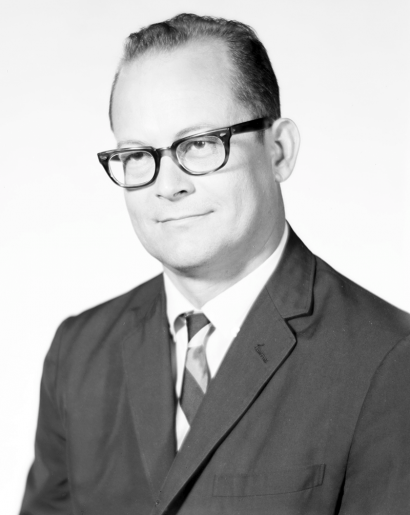F. Brantley Scott: Pioneer in men’s health
The development of penile implants dates back about half a century and is particularly important to Baylor College of Medicine. In the 1970s, the first inflatable penile implant was developed by Dr. F. Brantley Scott, former professor and urologist at Baylor College of Medicine. At the time, the rigid rod system was in place. However, the inflatable aspect, a revolutionary concept brought to fruition by Scott, was ahead of its time and is the predecessor of the current design that continues to be installed in around 50,000 men a year. The evolutionary design improved comfort and functionality. Medical device companies have been involved in advancing the design and functionality of these implants to achieve better results.

Erectile dysfunction, previously known as impotence, is a condition affecting millions of men annually. ED impacts around 50% of men at least once in their lifetime, and penile implants are one solution to this challenging condition, offering revolutionary benefits for many men.
To truly tell the story of the penile prosthesis and how it was created, we must first start with the Artificial Urinary Sphincter (AUS). Scott, in cooperation with engineers at American Medical Systems, worked to develop ways to treat neurogenic bladder in children with spina bifida. As their work progressed, Scott designed and implanted the AUS first in animal models and then in humans. While working on the hydraulic AUS, Scott realized that the inflation and deflation mechanism could also be used to create an implantable device to treat ED. In 1973, Scott and others published their first paper on the Inflatable Penile Prothesis (IPP), changing the urology world forever.
Although the first implants and the surgery itself were very different from today, Scott was a pioneer who developed carefully thought-out techniques. With patients from just about every walk of life, he was well-sought after by people across the globe. Along with the development of the IPP, he was instrumental in creating some of the early ways to diagnose and categorize ED using structured interviews and questionnaires before the development of the now widely used International Index of Erectile Function.
He was known not only for the innovations he made in urology, but also for the impact he had on other surgeons. Known as a Renaissance man, Scott was well-known for his charismatic nature, love of aviation art, ranching, music and education. Baylor College of Medicine, the Scott Department of Urology, and urologists everywhere are forever indebted to Dr. Scott’s works. Through his imagination and innovative perspective, we can better treat patients with urological conditions and provide them with a better quality of life.
By Alexandria Brown, senior marketing associate in the Scott Department of Urology and Rucha Patil, intern in the Scott Department of Urology



